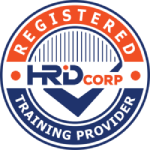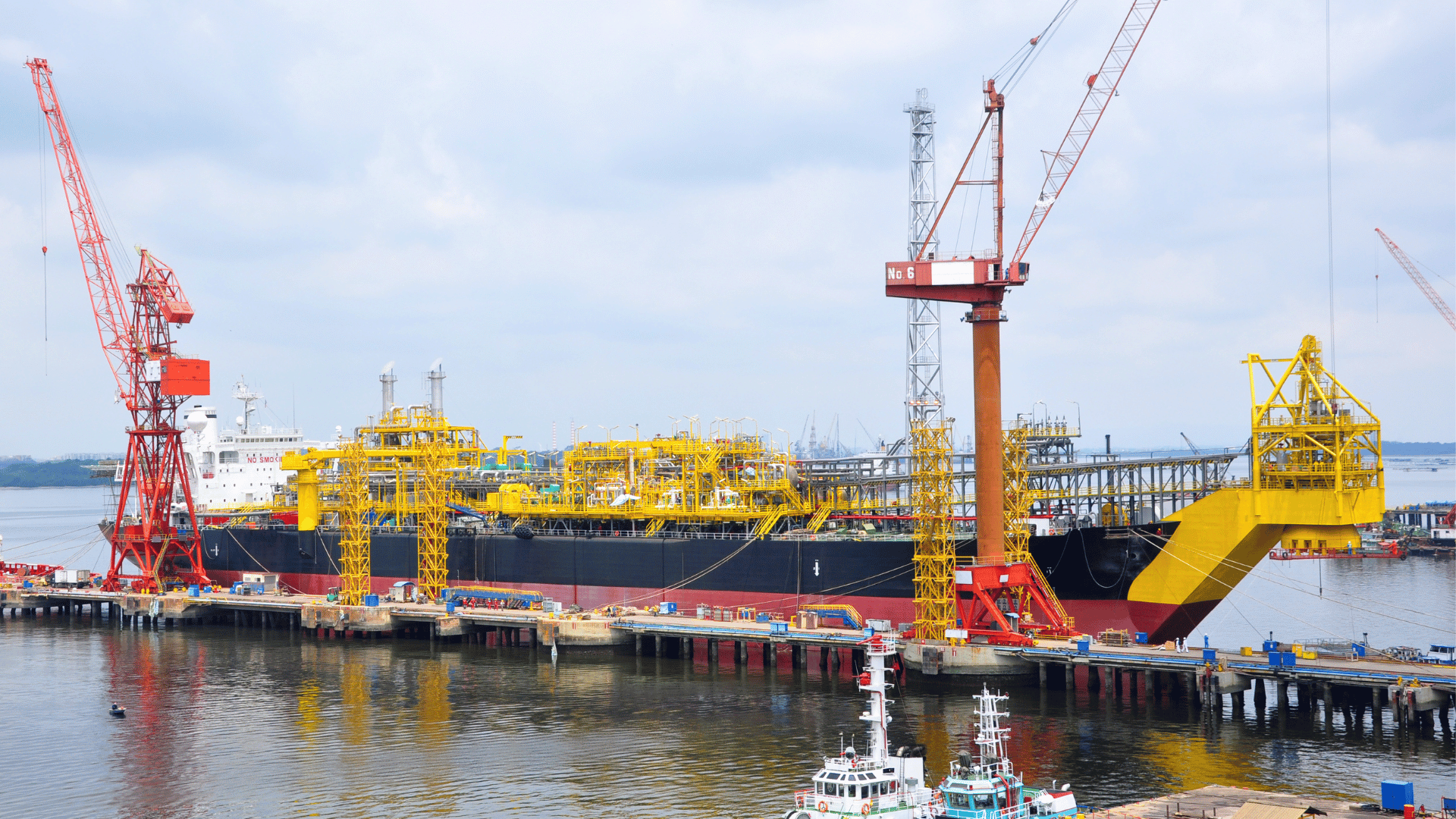About this Virtual Instructor Led Training (VILT)
Stuck Pipe is, and historically has been, a major headache for the Oil & Gas industry. Many wells have become more challenging in terms of well trajectories and hole size (smaller) and as a result of a specific focus on pushing the ‘drilling limit’. On the other hand, rigs are now equipped with better mud systems, downhole sensors and rotary steerable systems, to name a few, and many operators pay more emphasis on following the well in real time as well as having effective office to rig communication, no matter how remote the drilling location is.
It is easy to understand and accept that prevention of stuck pipe makes a lot more economical sense than even the best of freeing tools and techniques. The recovery from a stuck pipe situation can be very time consuming and often leads to the loss in hole of expensive downhole tools.
The single most important factor in achieving successful prevention has to do with people. This applies to those working at the well site as much as it does to those planning the well in the office. It requires a strong sense of teamwork. However, a good team at the well site cannot prevent stuck pipe if the planning and subsequent decision making is poor or sub-optimal. Neither will the office team be able to have a marked impact on events at the well site if the well site team does not manage the risks or use their skills and vigilance to detect or recognize signs from the hole. Stuck pipe incidents and associated costs will only drop to acceptable levels when everyone involved in drilling – i.e. operating companies, drilling contractors and service companies – combine their efforts.
Participants will have the opportunity to work on exercises with an online simulator. Scenarios will be presented to participants, and they are required to solve them using the available means. This requires an understanding of how jars work, how to resolve differentially stuck pipe, how to manage pack-offs and how to avoid getting stuck geometrically.
By the end of this VILT course, participants will be able to:
- Recognize the importance of meticulously planning the well by performing a thorough risk assessment on all stages being drilled or being cased off.
- Appreciate how critical it is to involve field staff (operator and drilling contractor) as well as service contractor (support) staff at an early stage of planning the well.
- Identify the possible causes and mechanisms that could stick the pipe and how to agree on successful mitigation plans.
- Understand hole instability and the operational challenges they pose in particular during the tripping phase. Identify practices to stay out of trouble and/or how to effectively manage hole instability.
- Understand critical mud properties which – in conjunction with hole circulation and hole sweeping practices – enables us to clean the hole effectively.
- Identify freeing methods and why these methods need to be applied both timely and rigorously. Understand how to optimally place and use the drilling and fishing jar and – if so required – the accelerator.
- Appreciate that all stuck pipe incident learnings have to be captured as it may well be the trigger that prevents a stuck pipe incident on subsequent wells. Valuable learnings must be cascaded in an appropriate format.
- Appreciate why crew training and optimal communication will greatly assist in achieving the ultimate well objectives.
- Appreciate the critical information that we must have prior to any attempt to fish for lost tools and equipment.
- Identify internal and external fishing tools, washover tools, milling tools, the make-up of a fishing assembly and the various cutting tools.
- Understand the vital steps that must be taken and which could lead to a successful recovery of the fish.
The VILT course is intended for field staff such as toolpushers, drillers, assistant drillers, mud engineers, company men and office staff such as operations engineers and well planning engineers.
The VILT course will be delivered online in 5 half-days consisting 4 hours per day, with 2 breaks of 10 minutes per day.
Course Duration: 5 half-day sessions, 4 hours per session (20 hours in total).
Your expert course leader has over 45 years of experience in the Oil & Gas industry. During that time, he has worked exclusively in the well engineering domain. After being employed in 1974 by Shell, one of the major oil & gas producing operators, he worked as an apprentice on drilling rigs in the Netherlands. After a year, he was sent for his first international assignment to the Sultanate of Oman where he climbed up the career ladder from Assistant Driller, to Driller, to wellsite Petroleum Engineer and eventually on-site Drilling Supervisor, actively engaged in the drilling of development and exploration wells in almost every corner of this vast desert area. At that time, drilling techniques were fairly basic and safety was just a buzz word, but such a situation propels learning and the fruits of ‘doing-the-basics’ are still reaped today when standing in front of a class.
After some seven years in the Middle East, a series of other international assignments followed in places like the United Kingdom, Indonesia, Turkey, Denmark, China, Malaysia, and Russia. Apart from on-site drilling supervisory jobs on various types of drilling rigs (such as helicopter rigs) and working environments (such as jungle and artic), he was also assigned to research, to projects and to the company’s learning centre. In research, he was responsible for promoting directional drilling and surveying and advised on the first horizontal wells being drilled, in projects, he was responsible for a high pressure drilling campaign in Nigeria while in the learning centre, he looked after the development of new engineers joining the company after graduating from university. He was also involved in international well control certification and served as chairman for a period of three years. In the last years of his active career, he worked again in China as a staff development manager, a position he nurtured because he was able to pass on his knowledge to a vast number of new employees once again.
After retiring in 2015, he has delivered well engineering related courses in Australia, Indonesia, Brunei, Malaysia, China, South Korea, Thailand, India, Dubai, Qatar, Kuwait, The Netherlands, and the United States. The training he provides includes well control to obtain certification in drilling and well intervention, extended reach drilling, high pressure-high temperature drilling, stuck pipe prevention and a number of other ad-hoc courses. He thoroughly enjoys training and is keen to continue taking classes as an instructor for some time to come.
Unlock the potential of your workforce with customized in-house training programs designed specifically for the energy sector. Our tailored, in-house courses not only enhance employee skills and engagement but also offer significant cost savings by eliminating travel expenses. Invest in your team’s success and achieve specific outcomes aligned with your organization’s goals through our expert training solutions. Request for further information regarding our on-site or in-house training opportunities.
In our ongoing commitment to sustainability and environmental responsibility, we will no longer providing hard copy training materials. Instead, all training content and resources will be delivered in digital format. Inspired by the oil and energy industry’s best practices, we are leveraging on digital technologies to reduce waste, lower our carbon emissions, ensuring our training content is always up-to-date and accessible. Click here to learn more.
To further optimise your learning experience from our courses, we also offer individualized “One to One” coaching support for 2 hours post training. We can help improve your competence in your chosen area of interest, based on your learning needs and available hours. This is a great opportunity to improve your capability and confidence in a particular area of expertise. It will be delivered over a secure video conference call by one of our senior trainers. They will work with you to create a tailor-made coaching program that will help you achieve your goals faster.
Request for further information about post training coaching support and fees applicable for this.




